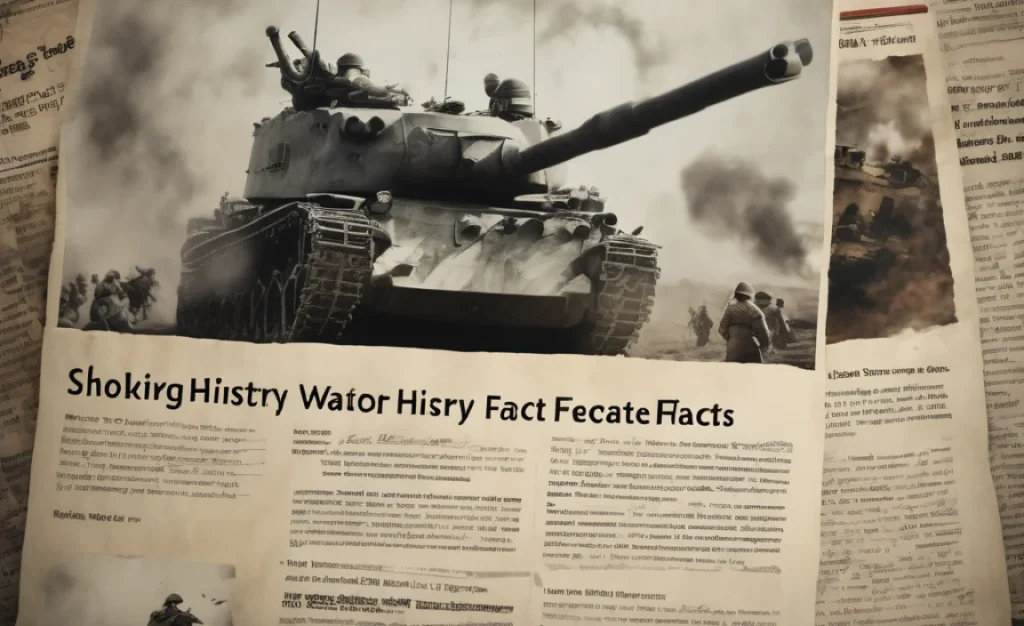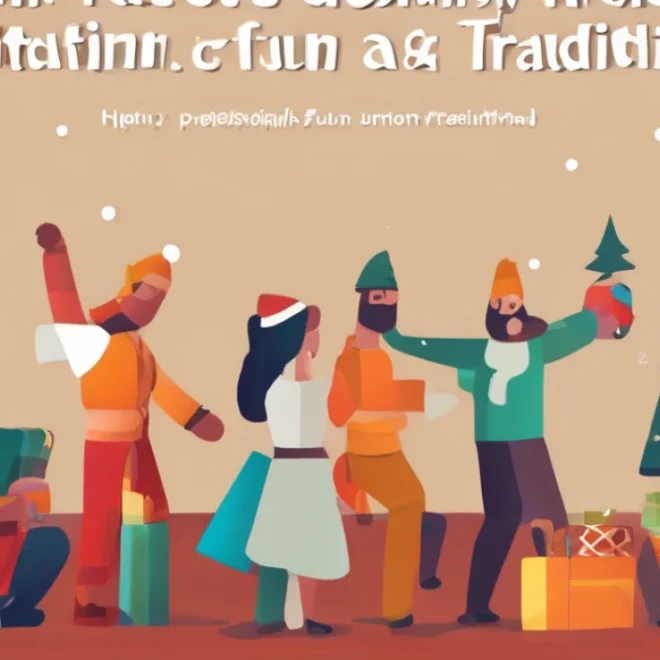Do you love learning about history? War history is full of surprising tales. Some facts are so shocking they seem unbelievable. Imagine discovering secrets from the past that few people know! These shocking war history facts will amaze you and make you curious to learn more. Let’s dive into these incredible stories from history’s wars.
Key Takeaways
- Wars have surprising secrets and untold stories.
- Shocking war history facts reveal unexpected truths.
- Some animals played important roles in wars.
- Innovations during wars changed history forever.
- Unexpected alliances often formed during conflict.
Shocking War History Facts: Animal Heroes
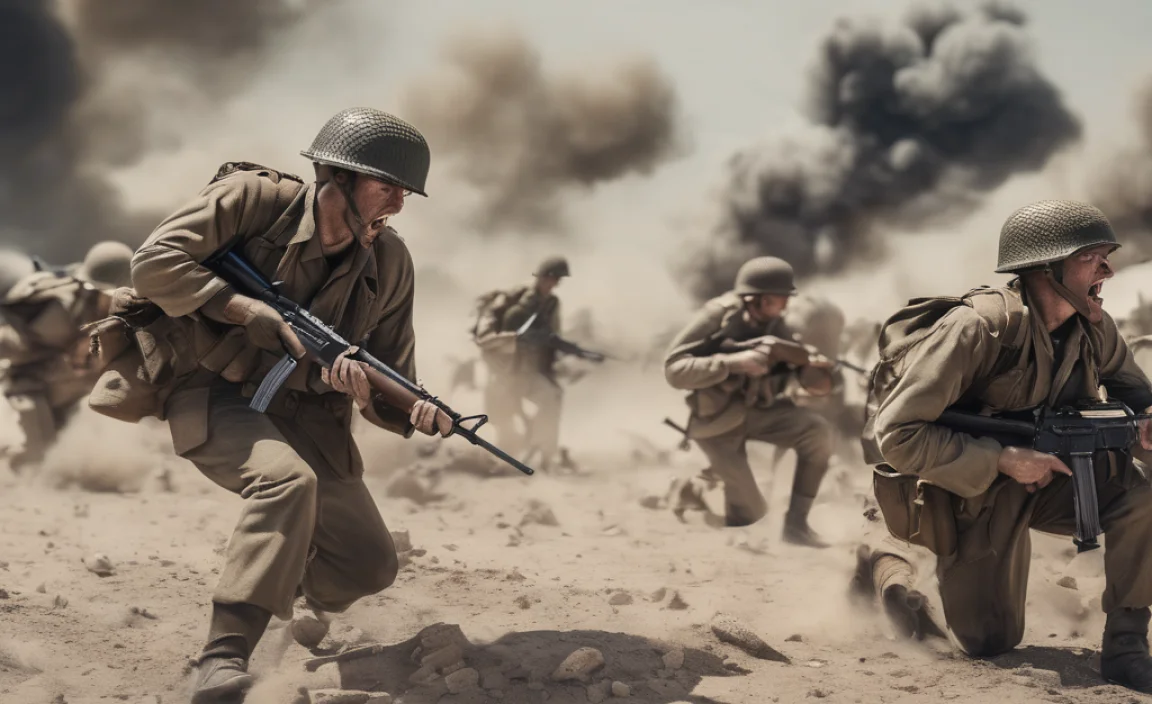
Did you know that animals were heroes in wars? They were not just pets. Some animals helped soldiers in surprising ways. Dogs delivered messages across dangerous battlefields. Horses carried supplies and wounded soldiers. Pigeons flew high above to send important messages. Elephants even helped cross rivers and forests. These animal heroes were brave and loyal. They played vital roles in many wars.
- Dogs carried messages through enemy lines.
- Pigeons delivered messages without getting lost.
- Horses were used to transport goods and troops.
- Camels carried supplies in desert regions.
- Elephants helped with heavy lifting and transportation.
- Dolphins detected underwater mines.
During World War I, over a million horses served on the battlefield. They bravely charged into enemy lines alongside soldiers. In World War II, a pigeon named “Cher Ami” saved many lives. She delivered a crucial message despite being injured. These stories show how animals contributed to war efforts. They are true, unsung heroes of war history.
Fun Fact or Stats : Over 100,000 pigeons were used in World War I for communication.
Dogs: War’s Loyal Companions
Can you imagine a dog running through a battlefield? It sounds like a scene from a movie. However, it happened for real. Dogs were trained to deliver messages during wars. They had to navigate through dangers. They were fast and agile. One famous war dog was Sergeant Stubby. In World War I, he saved an entire platoon from a gas attack. His bravery earned him medals and fame. Dogs were more than just pets. They were vital team members in wars.
Horses: The Backbone of Armies
Horses have been part of wars for centuries. They carried soldiers, supplies, and weapons. Imagine riding a horse into battle. It must have felt thrilling and terrifying. In ancient times, knights rode into battle on horseback. Horses provided speed and strength. During World War I, horses carried messages and pulled ambulances. They were essential in many military campaigns. Their role in wars is unforgettable.
Pigeons: Feathered Messengers
Do you think a pigeon could deliver a message? Pigeons have natural homing abilities. They were perfect messengers in wartime. During World War I, armies used pigeons to send messages. They flew over enemy lines safely. Cher Ami, a famous pigeon, saved a lost battalion by delivering an urgent message. Despite being injured, she completed her mission. Pigeons were tiny heroes with a big impact on war history.
Shocking Innovations During Wars
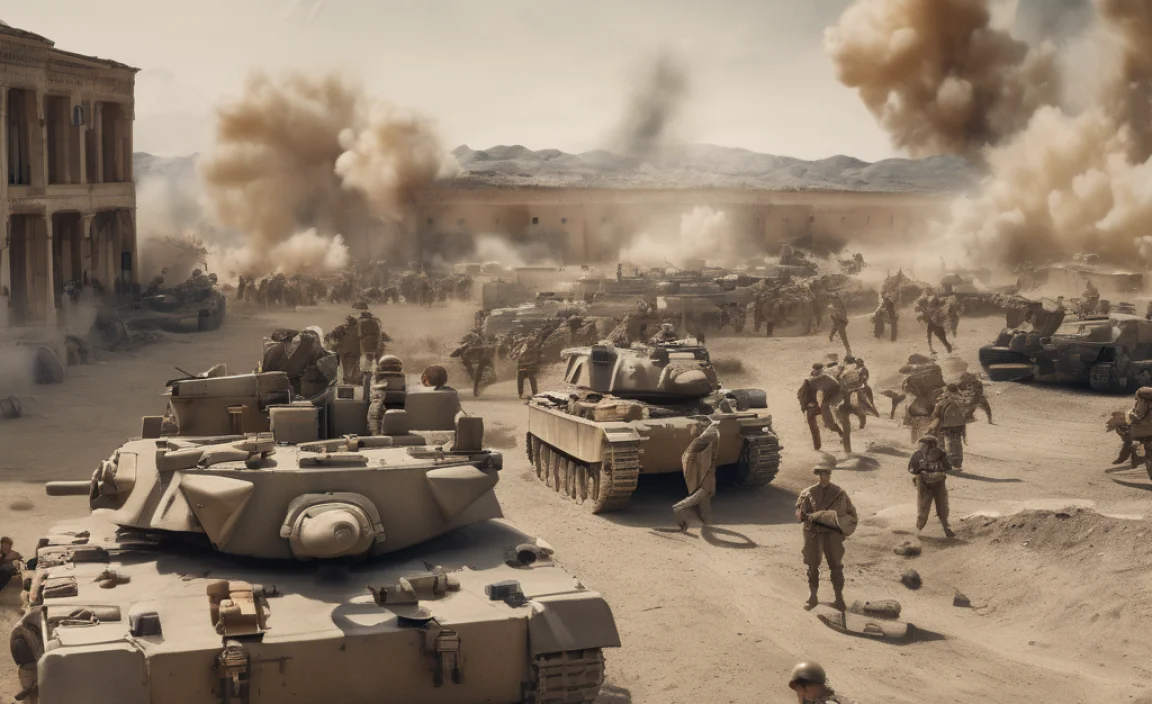
Did you know many inventions were born during wars? These inventions changed history. Wars pushed people to invent new things. Some were surprising, like medical advancements. Others included technology like radar. The need to solve problems quickly led to innovation. These inventions helped win wars and changed life afterward. War history is full of surprising innovation stories.
- Radar was developed to detect enemy aircraft.
- Penicillin improved medical treatment during World War II.
- Jet engines increased the speed of fighter planes.
- Walkie-talkies improved battlefield communication.
- Sonar technology helped detect submarines.
- Cryptography machines decoded secret messages.
World War II brought many technological advances. Radar helped detect enemy planes early. It saved countless lives. Penicillin was mass-produced to treat infections. Jet engines revolutionized air combat. These innovations were crucial in wartime. They continued to impact life after the war. War history shows how necessity drives invention and progress.
Fun Fact or Stats : Penicillin saved millions of lives during and after World War II.
Radar: Eyes in the Sky
Have you ever heard of radar? It’s like having eyes in the sky. Radar was a game-changer during World War II. It helped detect enemy planes before they arrived. How does it work? Radar sends out radio waves. These waves bounce off objects like planes. It then returns to the radar station. This allows soldiers to see far away, even in the dark. Radar technology was key to winning many battles.
Penicillin: The Miracle Drug
Imagine getting a cut and having no medicine to treat it. Before penicillin, infections were dangerous. Penicillin was discovered before World War II. However, it was during the war that it was mass-produced. Soldiers needed it urgently. It saved many lives from deadly infections. Penicillin is one of the most important discoveries in medical history. It continues to save lives today.
Jet Engines: Revolutionizing Air Combat
Have you ever flown in a plane? Jet engines make air travel fast. During World War II, engineers developed jet engines. They gave fighter planes incredible speed. This changed air combat forever. Imagine flying faster than the speed of sound. Jet engines allowed pilots to do just that. This innovation was a turning point in aviation history.
Surprising Alliances in War History
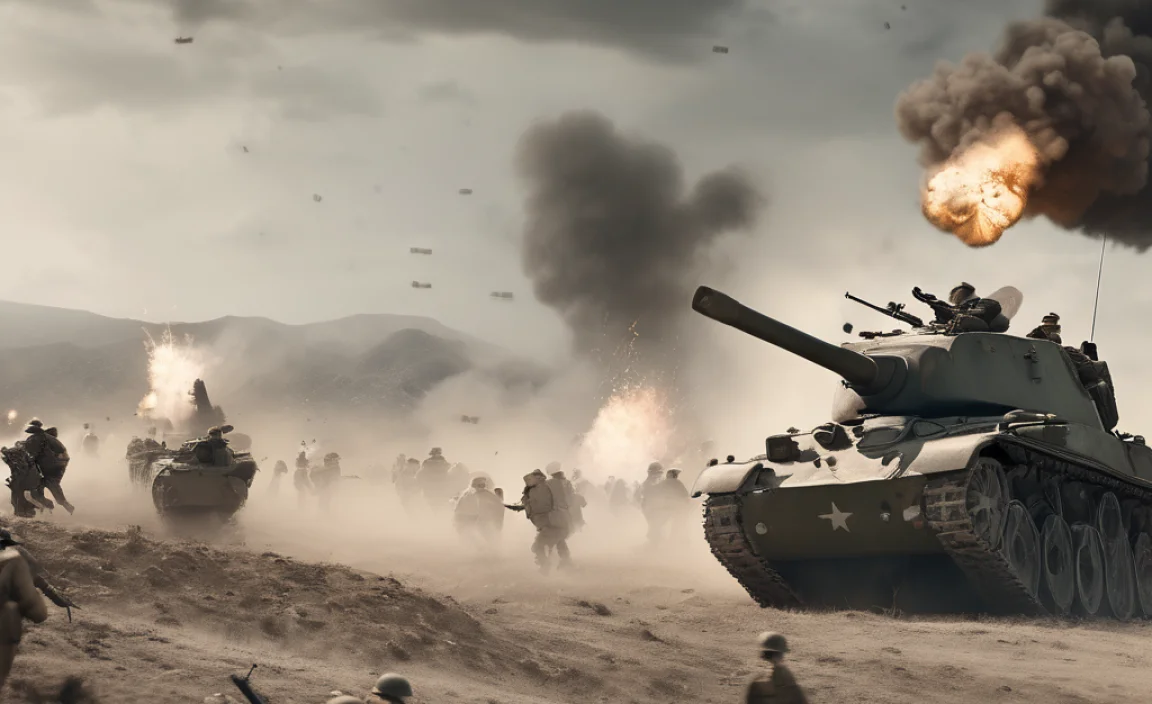
War often leads to surprising partnerships. Countries that were once enemies become allies. These alliances may seem shocking. During World War II, the United States and the Soviet Union allied against Germany. They had different beliefs but shared a common enemy. Such alliances were crucial in shaping war outcomes. War history is full of surprising alliances that changed the course of events.
- The U.S. and Soviet Union allied in World War II.
- France and Britain were unlikely allies in past wars.
- China and Vietnam united against common threats.
- Native American tribes allied with European settlers.
- India joined the Allies in World War II.
- Ottoman Empire allied with Germany in World War I.
Alliances can be surprising yet effective. For example, the United States and the Soviet Union had many differences. However, they worked together to defeat a greater threat. These partnerships played a key role in military strategies. Understanding these alliances helps us learn from past conflicts. Shocking war history facts remind us of the power of unity.
Fun Fact or Stats : The U.S. and Soviet Union spent billions on the war effort together.
United States and Soviet Union: Unlikely Allies
Did you know the U.S. and Soviet Union were allies once? During World War II, they joined forces against Nazi Germany. They had very different political systems. However, they shared a common goal. Their alliance was strategic. It helped win the war. Afterward, they became rivals again. This partnership in history shows how shared goals can unite even the most different nations.
France and Britain: Once Rivals, Then Allies
Have you heard of the long history between France and Britain? They were rivals for centuries. Yet, they became allies in many wars. During World War I and II, they fought side by side. Why did they unite? They faced common threats and needed each other’s strength. This alliance changed history. It shows how past enemies can become friends when needed.
China and Vietnam: A United Front
China and Vietnam have a complex history. They have been both allies and rivals. During the Vietnam War, they teamed up against common threats. Why did they join forces? They wanted to protect their regions from foreign influence. This alliance was crucial in their fight. It shows how countries can set aside differences for a bigger cause.
Unexpected War Strategies
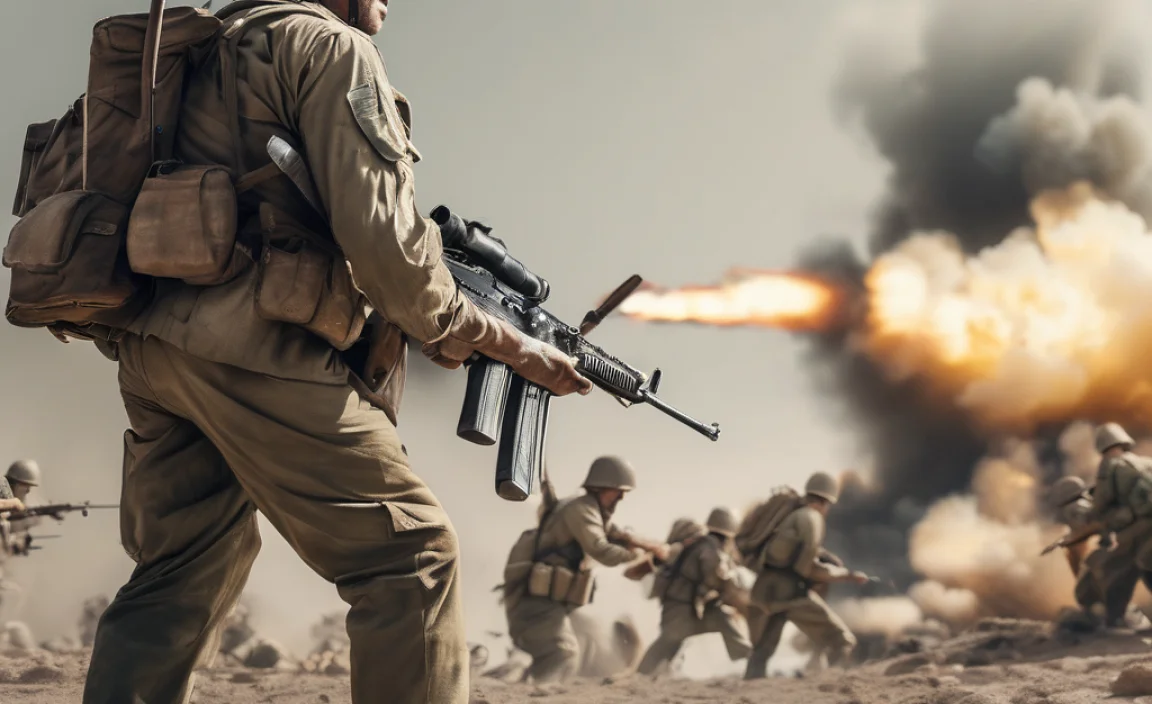
War strategies can be inventive and surprising. Leaders needed to think outside the box. Some strategies were shocking. For example, ancient armies used deception to win battles. In World War II, the Allies tricked enemies with fake tanks. These unexpected strategies played critical roles in victories. Understanding these tactics is key to learning about war history.
- The Trojan Horse was an ancient deception tactic.
- Fake tanks confused enemies in World War II.
- Underwater mines protected coastlines from invasions.
- Camouflage helped soldiers blend into surroundings.
- Psychological warfare spread misinformation to enemies.
- Guerrilla tactics used surprise attacks on larger forces.
In ancient history, the Greeks used the Trojan Horse to enter Troy. This clever trick led to their victory. During World War II, the Allies created a fake army to deceive the Germans. These tactics were risky but effective. They show how creativity can win wars. Shocking war history facts reveal the surprising strategies behind famous victories.
Fun Fact or Stats : The Trojan Horse helped the Greeks win the Trojan War in 1184 BC.
The Trojan Horse: A Timeless Deception
Have you heard of the Trojan Horse? It’s a famous story from ancient times. The Greeks wanted to conquer the city of Troy. They built a giant wooden horse. Soldiers hid inside it. The Trojans thought it was a gift and brought it inside their city. At night, Greek soldiers sneaked out and opened the gates for their army. This clever deception led to their victory. It’s a timeless tale of trickery and surprise.
Fake Armies: Trickery in World War II
Imagine seeing tanks that aren’t real. During World War II, the Allies used inflatable tanks. They placed them in fields to confuse the Germans. These fake tanks looked real from the air. They made the enemy think the Allies had more troops than they did. This trick helped protect real soldiers and equipment. It was a clever strategy that showed creativity can win battles.
Guerrilla Warfare: Surprise Attacks
What is guerrilla warfare? It’s a strategy using surprise attacks. Smaller forces attack larger armies unexpectedly. These tactics were used in many wars. During the American Revolution, colonists used guerrilla tactics to fight the British. They ambushed and then disappeared. This strategy was effective against larger, traditional armies. Guerrilla warfare shows how surprise can be a powerful tool in war.
War Artifacts: Shocking Discoveries
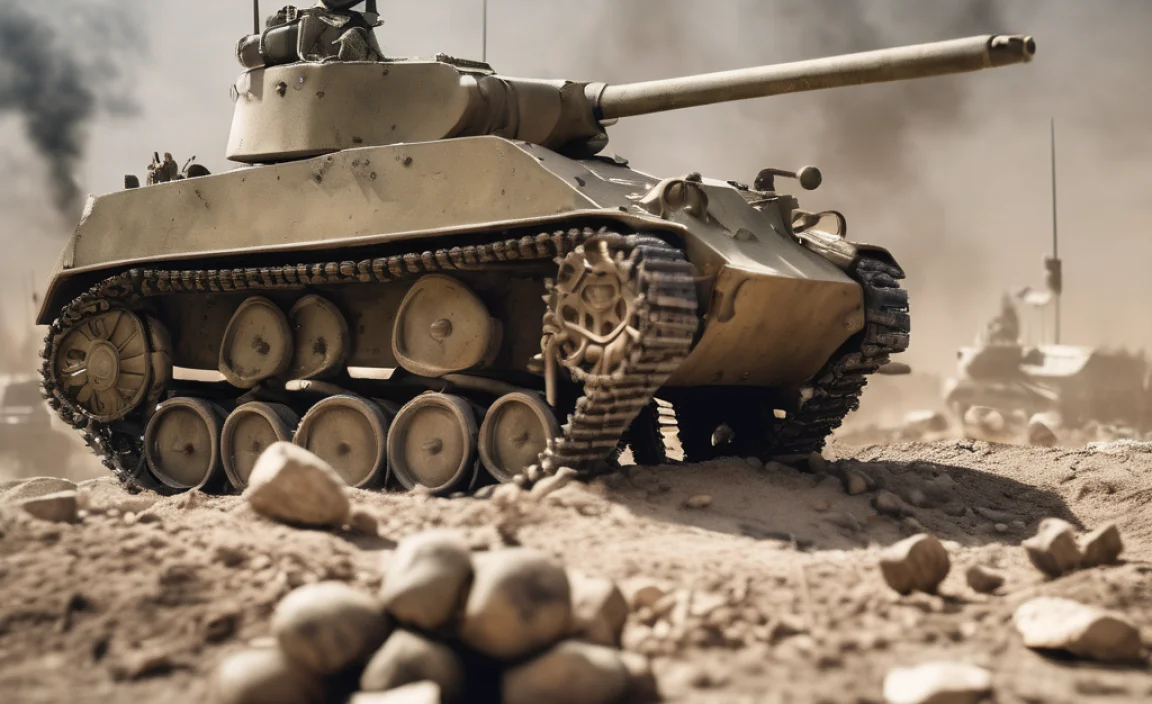
Have you ever found an old treasure? War artifacts are like hidden treasures. They tell stories about past battles. Some discoveries are shocking. They reveal secrets from ancient wars. Archaeologists find weapons, tools, and everyday items. Each artifact has a story. These finds help us understand history better. Shocking war history facts often come from these discoveries.
- Ancient swords show craftsmanship and battle techniques.
- Old maps reveal strategic plans of war.
- Helmets and armor display protection used by soldiers.
- Pottery and coins show everyday life during war times.
- Letters and diaries provide personal accounts of battles.
- Ruins of forts and castles reveal defensive strategies.
Archaeologists recently discovered an ancient battlefield. They found swords, shields, and arrowheads. These artifacts tell us how warriors fought long ago. Each item gives clues about the people who used them. War artifacts are windows into the past. They help us learn about the shocking events in war history.
Fun Fact or Stats : The oldest known sword is over 5,000 years old, found in Turkey.
Ancient Weapons: Tools of War
Can you picture holding a sword from ancient times? Ancient weapons are fascinating. They show how people fought long ago. Archaeologists uncover swords, spears, and bows. Each weapon has a story. Some were beautifully crafted with intricate designs. They reveal the skills of ancient craftsmen. Holding an ancient weapon is like touching history. It connects us to warriors of the past.
Old Maps: Secrets of War Plans
Have you ever seen an old map? Maps from past wars are full of secrets. They show plans and strategies. Some maps were made by hand with great detail. They reveal the paths armies took and the battles they fought. Finding an old map is like discovering a piece of a puzzle. It helps us understand how wars were won and lost.
Letters and Diaries: The Human Side of War
Imagine reading a soldier’s diary from long ago. Letters and diaries provide personal glimpses into war life. They tell stories of bravery, fear, and hope. Soldiers wrote to their families, sharing their experiences. These writings are precious artifacts. They show the human side of war. They remind us that behind every battle are real people with real stories.
Conclusion
War history is full of shocking surprises. From animal heroes to surprising alliances, these stories amaze us. Each fact reveals a piece of the past. They help us understand the complex world of war. Learning about shocking war history facts makes history exciting. It reminds us of the bravery, innovation, and unity that shape our world. Let us continue to uncover these incredible stories.
FAQs
Question: What is the most shocking war history fact about animals?
Answer: Many animals played crucial roles in wars. A pigeon named Cher Ami is one example. During World War I, she delivered a vital message to save a battalion. Despite being injured, she completed her task. Dogs, horses, and even dolphins were heroes. They helped in communication, transport, and detecting dangers. These animal heroes are surprising yet essential parts of war history.
Question: How did radar change war strategies?
Answer: Radar revolutionized war strategies by detecting enemy planes early. During World War II, it was crucial for defense. By sending radio waves that bounce off objects, radar provided early warnings. This allowed armies to prepare for attacks. Radar changed how battles were fought, and it saved countless lives. Its invention during the war was a game-changer in military tactics.
Question: What surprising alliances have occurred in war history?
Answer: Shocking alliances are common in war history. During World War II, the U.S. and Soviet Union united against Nazi Germany. Despite their differences, they shared a common enemy. France and Britain also became allies after centuries of rivalry. Such alliances show the power of unity against common threats. They highlight surprising partnerships that shaped historical outcomes.
Question: How did penicillin impact soldiers during World War II?
Answer: Penicillin had a huge impact during World War II. It was the first antibiotic used widely. It treated infections and saved many soldiers’ lives. Before penicillin, infections were often deadly. With its use, soldiers recovered faster, improving survival rates. Mass production of penicillin during the war marked a significant medical advancement. It changed medical treatment forever.
Question: What was the Trojan Horse, and why is it famous?
Answer: The Trojan Horse is a famous war story. In ancient Greece, the Greeks used a wooden horse as a trick. They hid soldiers inside it. The Trojans believed it was a gift and brought it into their city. At night, Greek soldiers emerged, opened the gates, and conquered Troy. This clever deception led to victory and became a legendary tale of trickery.
Question: What surprising war artifacts have been discovered?
Answer: Many surprising war artifacts have been found. Archaeologists discover weapons, tools, and personal items from ancient battlefields. Swords, helmets, and maps reveal much about past wars. Letters and diaries provide personal insights into soldiers’ lives. Each artifact tells a story, helping us understand history better. These discoveries are like pieces of a puzzle, revealing the shocking facts of war history.


